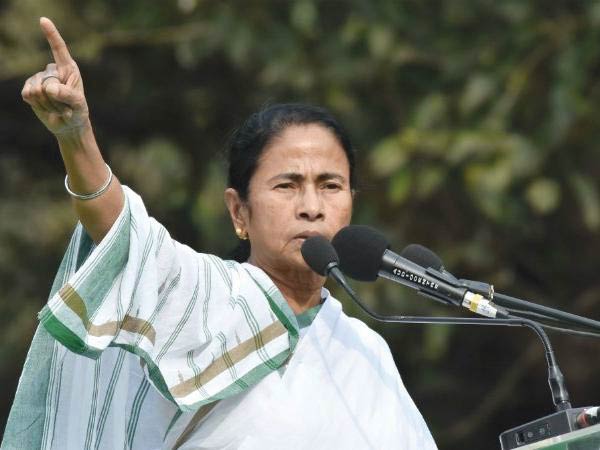West Bengal-Academy skepticism
 Born 20 years ago in 1998, the All India Trinamool Congress (TMC) is the only Indian National Congress breakaway party to experience steady political success. It has twice formed governments in West Bengal (pop. 91 million) and its supremo Mamata Banerjee has been a Union cabinet minister three times in her political career of 25 years. More famously in 2011, TMC ended the uninterrupted 34-year rule of the CPM (Communist Party of India-Marxist)-led Left Front in West Bengal, diminishing the CPM’s clout in national politics as well.
Born 20 years ago in 1998, the All India Trinamool Congress (TMC) is the only Indian National Congress breakaway party to experience steady political success. It has twice formed governments in West Bengal (pop. 91 million) and its supremo Mamata Banerjee has been a Union cabinet minister three times in her political career of 25 years. More famously in 2011, TMC ended the uninterrupted 34-year rule of the CPM (Communist Party of India-Marxist)-led Left Front in West Bengal, diminishing the CPM’s clout in national politics as well.
Consequently, with 34 TMC representatives in Parliament, Banerjee has emerged as the kingmaker of an anti-BJP mega-coalition (mahagathbandhan) and perhaps a prime ministerial candidate, should the anti-BJP alliance triumph in General Election 2019, scheduled to be held next May.
However to emerge as a national leader, Banerjee needs full support of her electorate in West Bengal, a doubtful probability because she hasn’t quite fulfilled her promise of bringing poriborton (positive change) in the state’s languishing higher education system ruined by steady infiltration of the academy by half-baked Marxist intellectuals. Although somewhat belatedly in the past year she has launched several initiatives in the education sector. Among them: a green light to state-aided and private universities and colleges, award of scholarships for girl children and providing bicycles for them.
Of the 12 state-aided universities sanctioned by the TMC government since it was voted to power in 2011 and again in 2016 for a second term, five have been green-lighted in the past year. Four more aided universities are ready to start operations next year. Two government-aided colleges will also start operating from the next academic year in the Naxalbari and Phansidewa blocks in the Siliguri sub-division of Darjeeling district.
Moreover in primary-secondary education, the West Bengal Board of Secondary Education (WBBSE) issued a circular on November 23 which details new regulations for teaching and non-teaching staff employed in the state’s 92,000 government schools. The circular prescribes 34 classes (‘periods’) of 40 minutes each per week for standard V and VI students and 44 for standard VII-X children. The circular further states that teaching and non-teaching staff should remain on the school premises until 4.30 p.m every day unless on official assignments. Violation of terms and conditions prescribed by the circular will invite stringent penalties.
Despite this spate of activity in school and higher education, bona fide academics in West Bengal which prides itself for having nurtured some of India’s most renowned scientists and scholars including Jagadish Chandra Bose, Satyen Bose, P.C. Roy, Meghnad Saha, Prasanta Chandra Mahalanobis among others, are sceptical about its benefits. With an aggregate vacancy of 60,000 teachers in government schools woefully deficient in infrastructure including blackboards, classrooms, libraries, laboratories and lavatories, unless the cash-strapped government sharply increases its annual budgetary outlay for education during the next three years before the state assembly election in 2021, these initiatives are unlikely to make any meaningful impact.
According to Dipak Das, general-secretary of the West Bengal Government School Teachers’ Association, the infrastructure of government schools is abysmal with 40.5 percent without a library, 36 percent not providing separate toilets for girl children, and 96.5 percent of schools lacking computers. “Without ensuring provision of basic infrastructure, the government’s arbitrary initiatives are utterly unrealistic,” says Das.
Moreover, any good that is likely to flow from these education reform initiatives of the TMC government is likely to be offset by the free run given to its youth wing apparatchiks to run amok within the state’s 25 universities and 374 colleges in imitation of worst practices of the CPM-led Left Front government which ruined West Bengal’s once acclaimed academy.
Quite clearly, it will take more than piece meal ad hoc measures to repair decades of damage inflicted upon the state’s education system by the acts of omission and commission of successive governments.
Baishali Mukherjee (Kolkata)















Add comment